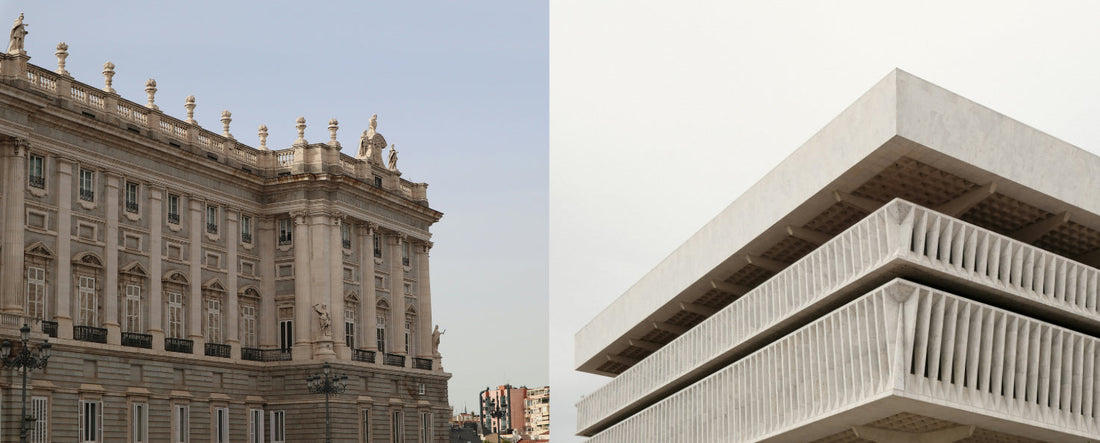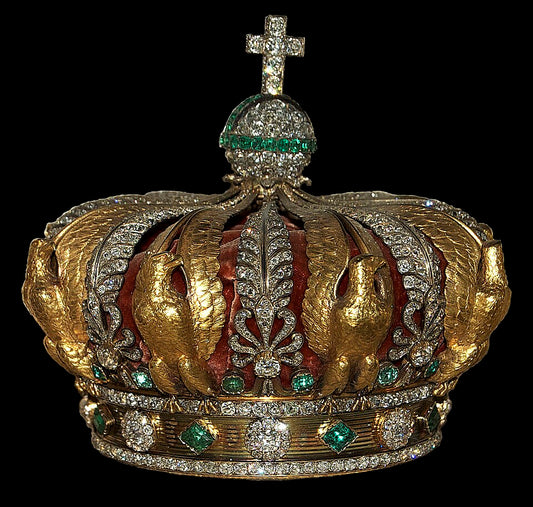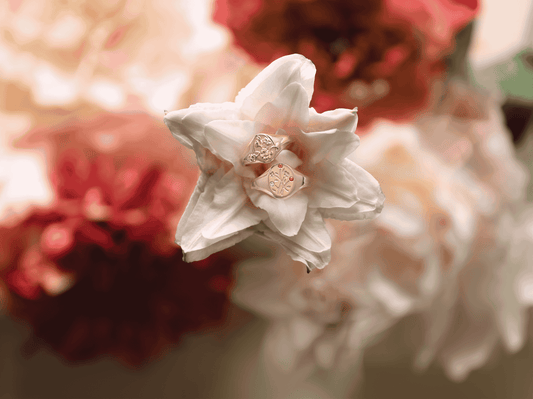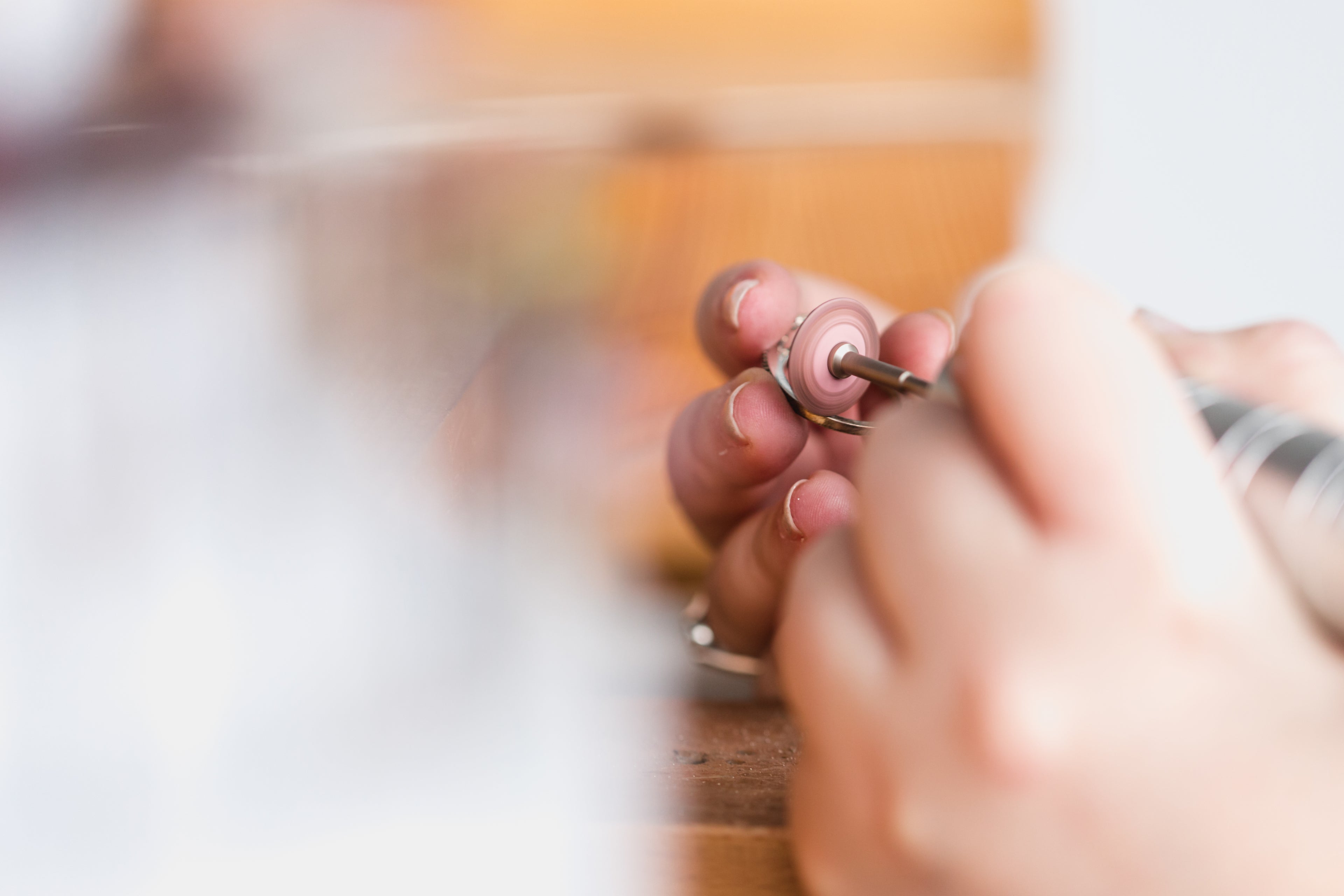Listen to the Summary:
The Quiet Erosion of Beauty
Beauty is vanishing quietly from our lives.
Not with a grand declaration, but with a shrug. A default setting. A spreadsheet.
We replaced carved stone with drywall. Hand-lettered signs with sans-serif logos. Ornament with optimization.
It’s not that modern design can’t be beautiful, Frank Lloyd Wright proved it could be profound. Iris van Herpen proves fashion can defy gravity. But in the race to the bottom, we've traded depth for convenience, memory for minimalism, permanence for price point. Somewhere, we lost the plot.
I feel this in my bones, constantly. As someone who values beauty in design, I am daily up against irreverence, carelessness, the insistence that if it can’t be monetized, it doesn’t matter. And it takes so much energy to stand against that tide. Honestly, I think this is a good hill to die on.
Because we’re not just losing decoration. We’re losing uniqueness. Individuality. Soul.
I once wrote about how the elevation of the individual—our preferences, our distinctiveness—was a sign of societal progress. Like the way a healed femur in the archaeological record proves a society can support long healing, the elevation of individual tastes and preferences proved we could sustain each other long enough for beauty, for ideas to take root. But lately, I wonder if we’re watching a slow reversal. A flattening. A quiet return to the collective, where taste is outsourced to trend and nuance is filed down to neutral.
The Danger of Only Valuing What We Can Measure
In a Radiolab episode called The Value of Nature, economists from the World Bank discussed the challenge of quantifying ecological systems. Mangrove forests, they explained, prevent erosion, clean water, and house biodiversity. But when a coastal country wanted to replace them with shrimp hatcheries, because shrimp meant export dollars and tax revenue, the long-term ecological cost wasn’t counted.
Only the money was.
And the result? Dirty water. Flooding. Species decline. Long-term cleanup costs that dwarfed all the revenue those hatcheries ever generated.
This isn’t just an environmental issue. It’s a philosophy issue.
Because this habit (of valuing only what’s measurable) seeps into everything.
We do it with people. With neighborhoods. With art. With memory.
We stop funding arts programs because they don’t “pay back.”
We design ugly buildings because it’s cheaper.
We discard elderly people, disabled people, and even our own creativity when it no longer serves a clear economic function.
I see it in my field, where jewelry is reduced to karats and price tags instead of held up as a container for memory, grief, identity. If it doesn’t go viral, if it doesn’t scale, it doesn’t survive.
But what if the most important things… can’t be measured?
Can Beauty Be Measured? Should It Be?
Let’s say we can make the case.
Studies show that beauty improves physical and mental health. Roger Ulrich’s foundational 1984 study showed that patients in hospital rooms with a view of nature healed faster than those without one. Later studies confirmed: people surrounded by aesthetic environments (trees, gardens, art, harmonious design) experience lower cortisol levels, better mood, and longer lifespans.
Beauty, it turns out, is good for us.
Jewelry, too, can be measured this way. It connects us to family. It anchors us in memory. It brings joy, dignity, and sometimes even grief, the full emotional range that makes us feel human.
But here’s the harder question:
Is beauty only valuable because it serves us? Or is it valuable because it reminds us we are not machines?
Some things shouldn't have to justify themselves.
I think of the first piece I ever designed, start to finish. I revised it endlessly: dozens of sketches, multiple restarts, turning it over in my mind until it clicked. When it was finally cast in gold and set with antique white topaz, I cried. It was magnificent. It was mine. It was a thought that I’d pulled out of my brain and into the real world. I wore it and a customer bought it off my hand on the spot.
It was beautiful. But the beauty was inseparable from the ownership of that idea. From the making of it.
That’s the thing: beauty is not just pleasing. It’s sacred. It’s soul turned outward.
Ornament Is Memory
Once upon a time, we carved leaves into lamp posts. We engraved flowers into doorknobs. We put effort into things not because it would generate return, but because it said: You matter. This place matters.
Now we don’t even bother to add trim.
Even our logos are ghostly: letters bleached into uniformity, flattened until they say nothing at all.
There’s a bench in Prague with scrolling ironwork underneath it. Most people don’t look. That’s the point. It’s beauty without audience. A gift for the soul, not the brand.
Our ancestors knew what we’re forgetting: Ornament is storytelling. Every motif, every line, meant something. It was history cast into wood, identity pressed into clay, memory poured into metal.
And now? We call that “extra.”
Language is Dying (And It Matters)
The erosion isn’t only visual. It’s verbal, too.
Linguists have noted a phenomenon called semantic narrowing—a collapse in the range and richness of words used, especially online. Adjective diversity is shrinking. Emotional nuance is fading. Words are being flattened into sales tools: “amazing,” “epic,” “must-have,” “trending.”
Instead of enriching thought, language is increasingly being used to trigger predictable responses.
Buy. Click. Get mad. Keep scrolling.
This isn’t just about vocabulary. It’s about how we think.
As a business owner, I feel this constantly. I want to describe my pieces as vessels of memory (and they are!). But SEO says no one’s searching for “vessel of memory.” They’re typing “gold ring.” So I strip down the poetry and insert "keyword-rich-content". And the result? Messaging that doesn’t say what I mean.
We’re not just speaking differently, we’re thinking differently. Feeling differently. And not in a better way.
When we lose the words for complex feelings, we lose the ability to have those feelings clearly. We can’t describe grief, awe, nostalgia, or legacy, so we stop noticing them.
And what is jewelry, really, if not an act of naming something unnameable?
It says: This moment matters. This memory belongs to someone. This love has weight.
The Internet Gave Us Everything, And Took Something, Too
There’s a strange paradox happening in design right now.
On one hand, the internet gives artists access to a global tapestry of ideas. You can be inspired by Korean metalwork, Etruscan granulation, Art Deco enamel, and a Nigerian bead tradition, all before breakfast.
But instead of diversity, what we often get is homogenization.
Trends move so fast, and with such intensity, that designers no longer have time to let ideas gestate. Aesthetic movements that once took decades to form are now obsolete in a season.
Even originality starts to look like a product of algorithms.
And artisans? We’re expected to keep up. Not just with making, but with marketing, filming, editing, uploading, responding, optimizing, repeating.
I’ve spent more hours away from my family, away from the bench, away from my calling, just to be visible. Just to play the game.
I write emails I know most people won’t read. I polish social posts that disappear in 36 hours. I write search-optimized blurbs when I’d rather be creating jewelry that will actually last.
Because the truth is: I’m competing with the entire internet.
The burden on small creators is staggering. We're expected to perform like a marketing agency, create like a design house, and serve like a concierge brand—all while staying personable, vulnerable, funny, consistent (as if the making wasn’t enough).
And we do it because we care.
Because this is sacred work.
But it’s not free. It's costing us our lives.
The Sam Vimes Theory of Ornament
Terry Pratchett once wrote that poor people can’t afford good boots. They buy five cheap pairs that fall apart, while the rich buy one that lasts. Over time, the poor pay more.
That’s not just a theory of economics, it’s a theory of culture.
When we devalue quality and craftsmanship, we end up spending more, on replacements, repairs, restoration, therapy. Because nothing lasts. Nothing says: this was made to matter.
Modern design can be beautiful. But design that’s made only to be cheap, fast, and scalable? That’s not progress. That’s surrender.
Beauty Is Still Worth Defending
You know what nobody talks about?
That beauty takes time. It can’t be batched, outsourced, or sprinted through.
Beauty is hand-carved settings. It's a grandmother’s ring, reshaped into a new form. It’s a glance at a sapphire that feels like home. It's a silent prayer over a workbench.
And in a world that wants everything now, beauty asks us to wait. It teaches us reverence. And reverence, in turn, teaches us how to care, for people, for places, for the past, for the future.
Sometimes this act of creating beauty feels revolutionary.
Sometimes it feels like I’m planting flowers on a battlefield—choosing reverence in a system that rewards indifference. Sometimes it feels holy.
And sometimes, when I’m exhausted, it feels like I should just give the #%*! up. Make what sells. Let the world have its mass-produced nothingness.
But I don’t.
Because I know what it means when a client cries over a redesigned heirloom. Because I've seen what happens when a woman who is losing her memory lights up as we lay out her jewelry, piece by piece, and she begins to remember herself again.
Because beauty keeps us human.
The Invisible Thread
Beauty, language, art, memory—they are the invisible threads that tether us to ourselves and each other.
They won’t always shout. They don’t convert well to spreadsheets. But they are the reasons we pause, we cry, we remember. They are the reasons we fight to stay whole in a world that keeps asking us to fragment.
So yes, it’s harder now.
It’s harder to be a small business. Harder to be a creator. Harder to justify beauty in an economy that doesn’t always see it.
When we stop making beauty, we stop making meaning.
When we stop making meaning, we forget who we are.
I became a jeweler because I believe stories matter. Yours. Mine. Everyone’s. I followed five generations of family into this sacrament because it’s not just about metal and stone, it’s about memory and love and presence.
I believe every person deserves a testament to their life. Not something disposable. Not something trend-driven. Something real.
That’s what jewelry is to me.
That’s what beauty is.
And that’s why I’ll keep making it.
Even if it takes everything I’ve got.





